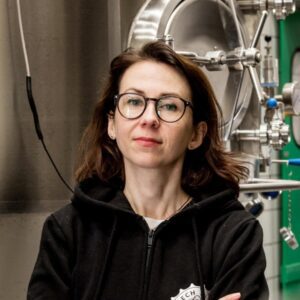Pierwsze w Unii Europejskiej i szóste na świecie – takie miejsca zajmuje Polska w produkcji mięsa białego. Eksperci są jednak zgodni, że w obliczu zmian technologicznych, klimatycznych czy żywieniowych czeka nas prawdziwa transformacja w zakresie nowych alternatyw białka. Czy Polacy są gotowi na mięso komórkowe i kiedy możemy się go spodziewać na półkach sklepowych? Między innymi te pytania twórcy projektu Food and Design zadali ekspertom związanym z tematem mięsa przyszłości.
Jak powstaje mięso komórkowe?
Wyhodowanie bydła, drobiu czy trzody chlewnej to nie tylko ogromny koszt oraz duża ingerencja w środowisko naturalne, ale także długotrwały proces. Na te wszystkie problemy odpowiadać ma mięso komórkowe, które, choć dziś jeszcze drogie i w wielu krajach zupełnie niedostępne, ma stać się docelową alternatywą dla ludzkości.
Produkcja mięsa komórkowego rozpoczyna się od biopsji, czyli pobrania komórek zwierzęcia. Kolejno następuje ich sortowanie, sprawdzanie, założenie linii komórkowych, gdzie rosną oraz dostają pożywki. W tym procesie chodzi o to, by stworzyć komórkom warunki podobne do ciała zwierzęcia. Następnym punktem jest skalowanie produkcji w bioreaktorach, czyli urządzeniach gdzie komórki rosną. Choć dalszy proces jest dość złożony, to finalnie powstaje materiał, który może przypominać mięso mielone. W procesie technologicznym można formować je dowolnie, na przykład na burgera czy nuggetsa – komentuje Wiesław Macherzyński, COO LabFarm.
Ile będzie trwać hodowanie mięsa komórkowego w Polsce? Celem ekspertów jest skrócenie czasu do ośmiu dni – od rozpoczęcia hodowli do otrzymania produktu końcowego, na przykład kiełbaski. Wizją przyszłości jest zaś stworzenie takich warunków w gospodarstwach domowych, by za kilkanaście lat Polacy posiadali własne bioreaktory, w których będzie można samodzielnie wyhodować mięso. Co ciekawe, producenci dążą do tego, by mięso przyszłości było modyfikowane zgodnie z oczekiwaniami i potrzebami konsumentów: będzie można zmieniać smak i wartości odżywcze tego mięsa, a także wpływać na suplementowanie go, wedle trendów oraz potrzeb konsumentów, czyli stworzyć np. mięso bez cholesterolu – dodaje Marcin Tischner, Corporate Engagement & Sustainability Specialist, ProVeg Polska.
Nomenklatura kartą przetargową
Nie tylko edukacja, ale i nazewnictwo może okazać się kluczową rolą w przekonaniu Polaków do spróbowania mięsa przyszłości. Jakie terminy są dziś stosowane? Jak wskazał Marcin Tischner, określeń jest wiele, jednak część z nich posiada negatywne konotacje, które mogą stanowczo zniechęcać konsumentów do sięgnięcia po te produkty. Wśród stosowanych terminów znaleźć można: clean meat, artificial meat, cell-based meat, synthetic meat, lab-grown meat, cultured meat, in-vitro meat, cultivated meat.
Anglojęzyczne terminy, nie w pełni jasne dla polskiego konsumenta, z pewnością potrzebują alternatywnych (nomen omen) zwrotów. Zdaniem przedstawiciela ProVeg Polska określenie clean (ang. czyste) w odniesieniu do mięsa komórkowego, zakłada, że mięso tradycyjne czystym nie jest. Może to budzić wrogie postawy wśród zakładów mięsnych, które powinny stać się sprzymierzeńcem tej technologii. Najlepszą opcją anglojęzyczną zdaniem ProVeg jest obecnie cultivated meat (ang. mięso kultywowane/kultywacyjne), a do wyboru polskiego określenia przydałoby się lokalne badanie.
źródło: antoninavlasova
Hodowla komórkowa w świetle prawa
Na pytanie, czy realnie istnieje szansa na wprowadzenie mięsa hodowanego komórkowo do Polski, Agnieszka Szymecka-Wesołowska, prawniczka z Centrum Prawa Żywnościowego i Produktowego, odpowiedziała bez wahania, że tak.
Jest na to proceduralna ścieżka, która wkrótce zapewne stanie się «autostradą». I to nie jest kwestia tego, «czy» wprowadzimy mięso komórkowe, ale «kiedy» pojawi się ono na naszych talerzach. W celu wprowadzenia w Unii Europejskiej produktów, które nie były spożywane przed 1997 rokiem, potrzebne jest zatwierdzenie, czyli aplikacja i potwierdzenie bezpieczeństwa tych produktów. Dziś odbywa się swego rodzaju wyścig, bo pierwszy wnioskodawca będzie miał możliwość zastrzeżenia danych naukowych i wprowadzania na wyłączność tych produktów na rynek. Zatem kto pierwszy w Europie ten lepszy – dodaje ekspertka.
Zdaniem Agnieszki Szymeckiej-Wesołowskiej, wszystko z punktu widzenia prawnego rozbija się o dwie rzeczy – bezpieczeństwo i znakowanie produktów. Unia Europejska jasno określa warunki i wymogi oznakowania nowych produktów.
Na naszym kontynencie temat mięsa komórkowego nie jest jeszcze zharmonizowany i ujednolicony, stąd na przykład we Włoszech pojawił się pomysł zakazania produkcji i sprzedaży mięsa komórkowego, a w Holandii można je dziś swobodnie degustować. Wydanie pierwszego zezwolenia z poziomu Unii Europejskiej, która zakłada swobodny przepływ towarów między państwami członkowskimi, znacznie ułatwi popularyzację mięsa również w krajach bardziej zachowawczych, choć jak podkreśla Agnieszka Szymecka-Wesołowska – będzie to dotyczyć państw, które będą otwarte na takie innowacje.
źródło: shutterstock
Przyszłość branży mięsnej nie taka oczywista
Obecna sytuacja w Polsce w kontekście spożycia mięsa jest dość specyficzna – 30% Polaków deklaruje i ogranicza spożycie mięsa, ponad 60% mówi, że nie zamierza tego zrobić, a ponad 50% nigdy nie próbowała roślinnych zamienników mięsa. Z drugiej strony duża część z nas chętnie próbuje nowości i z entuzjazmem oczekuje kolejnych alternatyw mięsa tradycyjnego. Jak skomentował podczas 4. spotkania branżowego z cyklu Food Working Marcin Tischner:
Branża roślinna poczyniła ogromny postęp w ostatnich latach i choć wciąż zdarzają się produkty gorszej jakości (jak i wśród produktów mięsnych), to świat roślinny ewidentnie nadgonił. Konsumenci nie zachwycają się tylko tym, że dany produkt jest roślinny, lecz szukają dodatkowych walorów w produkcie – smaku, konsystencji, sposobu smażenia, zapachu, ceny. A cena roślinnych alternatyw nie przyrasta tak szybko jak mięsa tradycyjnego, więc ta dysproporcja się zmniejsza.
Zdaniem przedstawiciela ProVeg jest duża szansa, by mięso komórkowe znalazło się na polskich półkach sklepowych, choć jego obawą jest opieszałe prawodawstwo. Można powiedzieć, że Singapur miał łatwiej, a być może po prostu nie miał wyboru, dlatego wprowadził do obiegu mięso komórkowe. Jak to się stało? Do czasu pandemii mięso do Singapuru było importowane z Malezji. W czasie pandemii dostawy były wstrzymane, więc… zaczęli produkować mięso w swoim kraju – komentuje Wiesław Macherzyński. Choć w Polsce takiej sytuacji nie było, LabFarm nie ustaje w pracach nad stworzeniem mięsa komórkowego, a także możliwym obniżeniem jego ceny. Ekspert podkreśla też, że analizując potencjał w produkcji mięsa tradycyjnego przez Polaków, nasz kraj ma szansę stać się europejskim hubem w zakresie mięsa komórkowego. Dziś za kilogram takiego produktu zapłacimy około 26 dolarów, z czego 60-80% to koszt tzw. pożywek. Rynek kontrolowany przez kilka firm nie pozwala jeszcze na stanowcze obniżanie tych cen, jednak producent pozytywnie patrzy w przyszłość: potrafię sobie wyobrazić ten dzień, gdy pójdziemy do KFC, będziemy mieli wybór mięsa tradycyjnego i alternatywnego i, próbując obydwu, nie poczujemy różnicy – dodaje Wiesław Macherzyński.
W którą stronę pójdą Polacy? W kierunku zachowawczych Włochów czy otwartych na innowacje krajów zachodnich, takich jak USA, Wielka Brytania, Kanada, ale też Korea Południowa, Izrael czy Australia? Z pewnością przekonamy się o tym już w najbliższych latach.
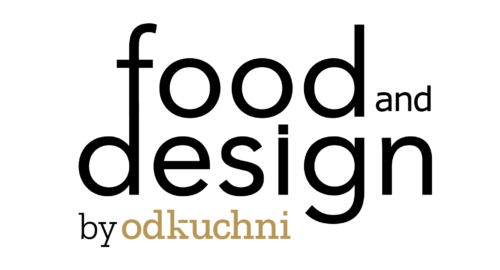

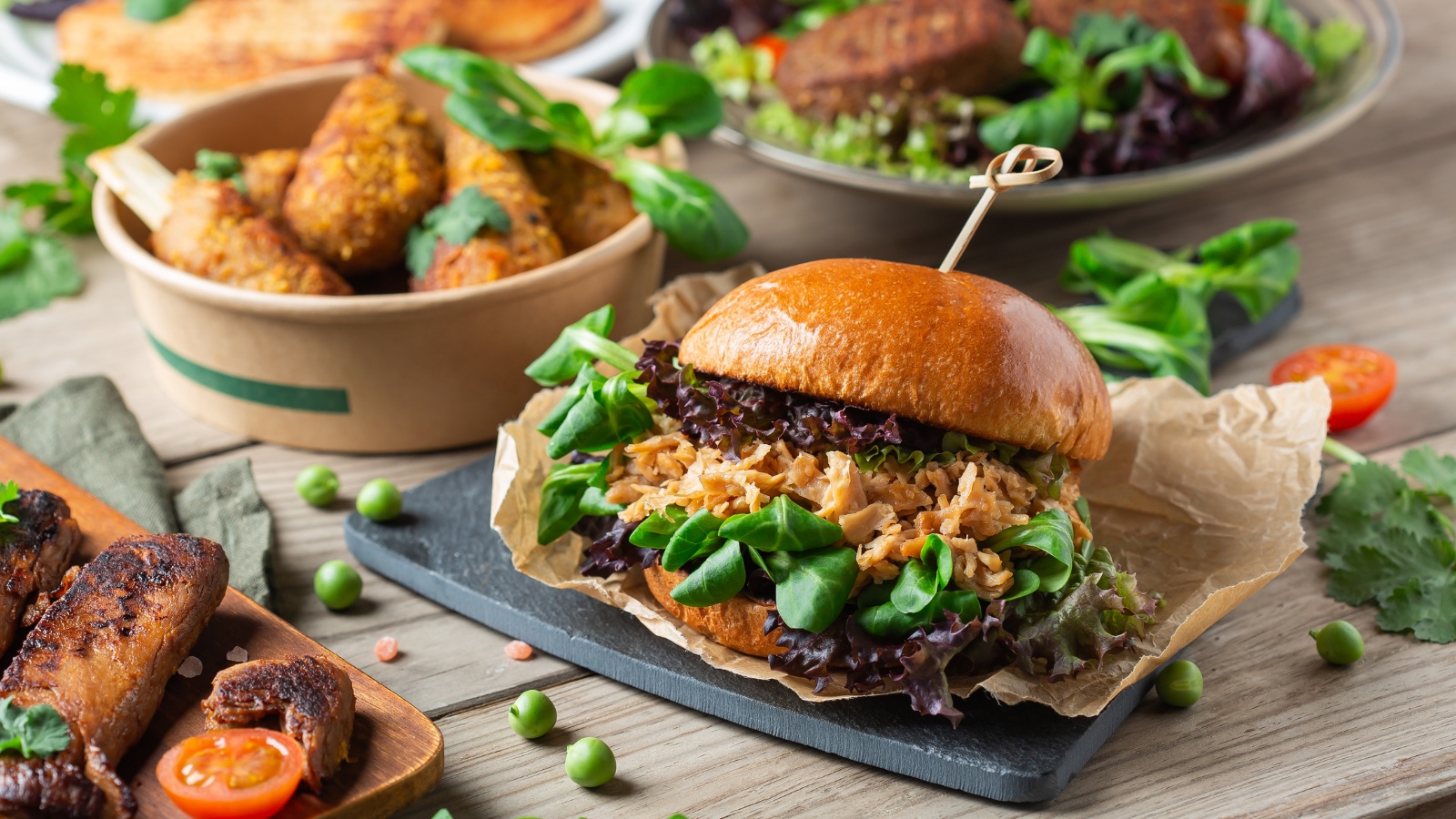
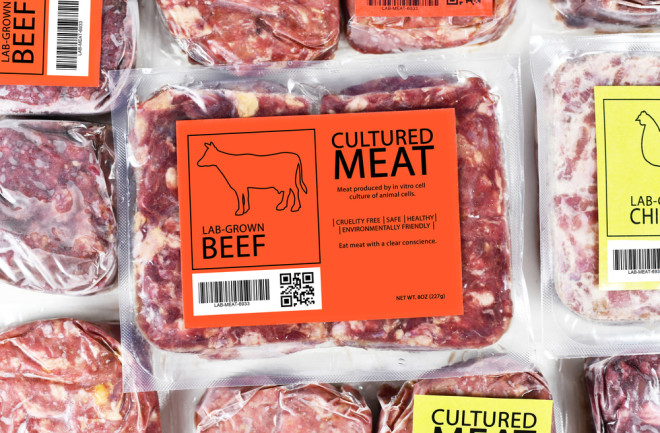

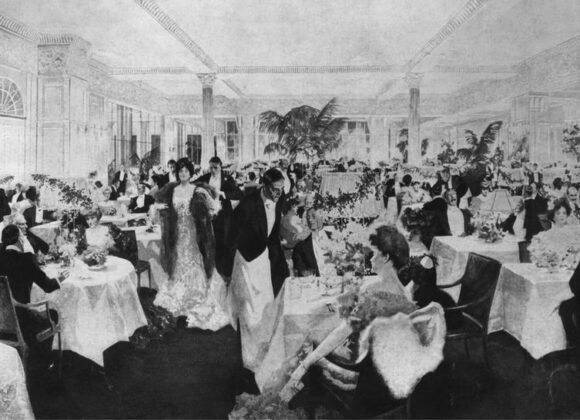






 Młodszy specjalista ds. komunikacji marketingowej i PR.
Młodszy specjalista ds. komunikacji marketingowej i PR.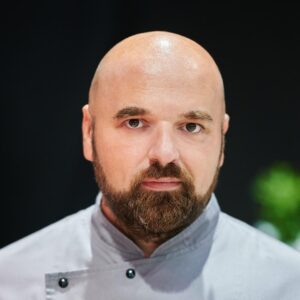


 Absolwent Uniwersytetu Warszawskiego oraz Szkoły Głównej Gospodarstwa Wiejskiego. W branży HoReCa od ponad 10 lat. Przez lata związany z Grupą Trip, Sobienie Królewskie Golf and Country Club oraz restauracją Florentin w Warszawe.
Absolwent Uniwersytetu Warszawskiego oraz Szkoły Głównej Gospodarstwa Wiejskiego. W branży HoReCa od ponad 10 lat. Przez lata związany z Grupą Trip, Sobienie Królewskie Golf and Country Club oraz restauracją Florentin w Warszawe. Absolwentka Wydziału Architektury Politechniki Warszawskiej na kierunku Architecture for Society of Knowledge oraz Komunikacji Wizualnej na Politecnico di Milano. Specjalistka od budowania nastroju. Doświadczenie zdobywała w kraju i zagranicą podczas licznych warsztatów międzynarodowych (Sevilla, Lizbona, Florencja), stypendium na La Sapienza (Rzym) oraz pracując m.in. w Carmi e Ubertis i ADM Milano.
Absolwentka Wydziału Architektury Politechniki Warszawskiej na kierunku Architecture for Society of Knowledge oraz Komunikacji Wizualnej na Politecnico di Milano. Specjalistka od budowania nastroju. Doświadczenie zdobywała w kraju i zagranicą podczas licznych warsztatów międzynarodowych (Sevilla, Lizbona, Florencja), stypendium na La Sapienza (Rzym) oraz pracując m.in. w Carmi e Ubertis i ADM Milano.








 Menedżer z wieloletnim doświadczeniem w branżach kosmetycznej, spożywczej, dziecięcej. W trakcie swojej kariery związany z firmami takimi jak: L’Oreal, Samsung, Danone-Nutricia, Unilever. W ciągu swojego życia zawodowego odpowiadał między innymi za rozwój sprzedaży i contentu eCommerce w Polsce i krajach Europy Środkowo-Wschodniej.
Menedżer z wieloletnim doświadczeniem w branżach kosmetycznej, spożywczej, dziecięcej. W trakcie swojej kariery związany z firmami takimi jak: L’Oreal, Samsung, Danone-Nutricia, Unilever. W ciągu swojego życia zawodowego odpowiadał między innymi za rozwój sprzedaży i contentu eCommerce w Polsce i krajach Europy Środkowo-Wschodniej. 





